We all want a piece of the earth inside our homes, where plants grow in abundance to make our life sweeter, happier, and more beautiful. Be it diligently planting a new seed or lovingly pruning your mini rose garden – taking care of plants brings us new hope and replenishes our spiritual energies.
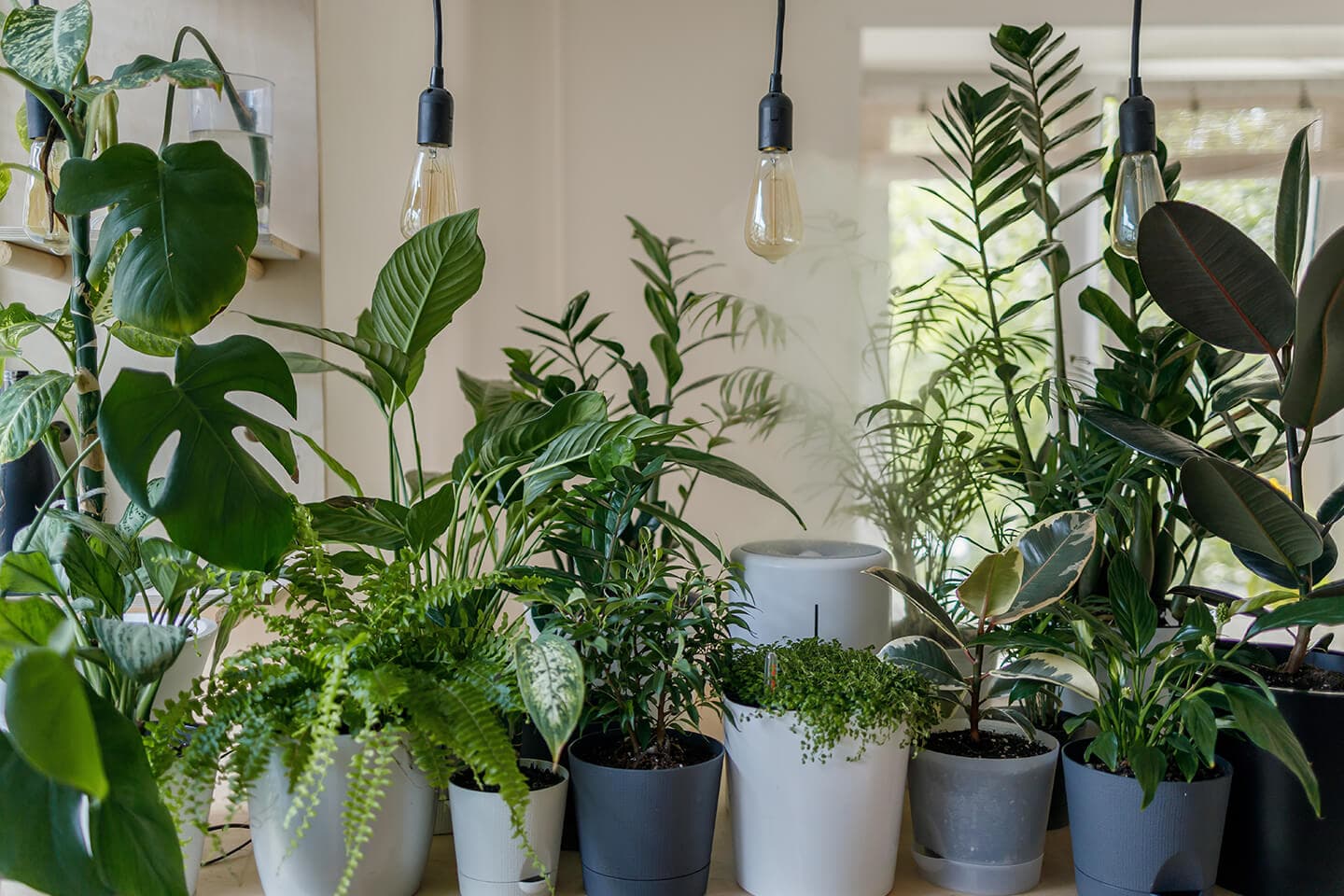
But how do we know which plant is the right one to bring inside our homes? This is where the ancient science of Vastu Shastra comes into play. It guides you on your journey of bringing plants into your home so that they become bearers of well-being, tranquillity, and happiness for your family. So, read ahead as we pen down some easy Vastu tips that you can follow while growing plants indoors.

Important Directions for Placing Plants:
Each type of plant is prescribed for a specific direction, which helps provide the maximum of its spiritual and
scientific benefits to you.
Large plants like Bamboo are generally placed in the southeast corner of the home. Placing them in this direction provides them with ample sunlight, which brings the required stability and prosperity inside your home.
Smaller plants (a maximum of 3 feet) such as Tulsi are to be placed in the East or North-east direction. This helps fill your abode with positive energies.
Opt for These Popular Plant Varieties:
- Bamboo – Did you know that bamboo produces 35% more oxygen than trees! Isn’t that just an excellent reason to bring a bamboo plant home? According to Vastu, you must place this plant in the South East as this is the direction of wealth. However, if you are looking to improve your health, then you must place it in the East.
P.S. A Bamboo plant with ten stalks is also a great idea for gifting. It is believed to be a harbinger of happiness and good luck in the house, warding off mental stress as well as evil energies.
- Money Plant – Another harbinger of wealth and fortune – Money plants are a cult favourite in most Indian houses. Plant these beauties in the South-East direction of your home in balconies, corridors, or even bedrooms! For the bedroom, it is advisable not to place this plant near the bedrest or footrest.

- Tulsi – An essential Vastu tip for the home garden is incomplete without listing tulsi. Also called ‘Holy basil’, tulsi is highly auspicious as it purifies the air, bringing positive spiritual energies into our homes. We suggest that you plant tulsi in the East or North-East, as it gets ample sunlight in these directions.
P.S. If nothing else – it’s ideal to keep this plant so that you can have a good cup of tulsi chai, sure to flush out all the toxins from your body!
- Lemon – Want to brighten your backyard garden with a splash of yellow? Plant a small lemon tree, and you will quickly feel good vibes surround your home. Besides this, the plant also helps cure Vastu Dosha, which may occur when there is an imbalance of energies in the home. Plant it in the South or West direction of your terrace garden or backyard.
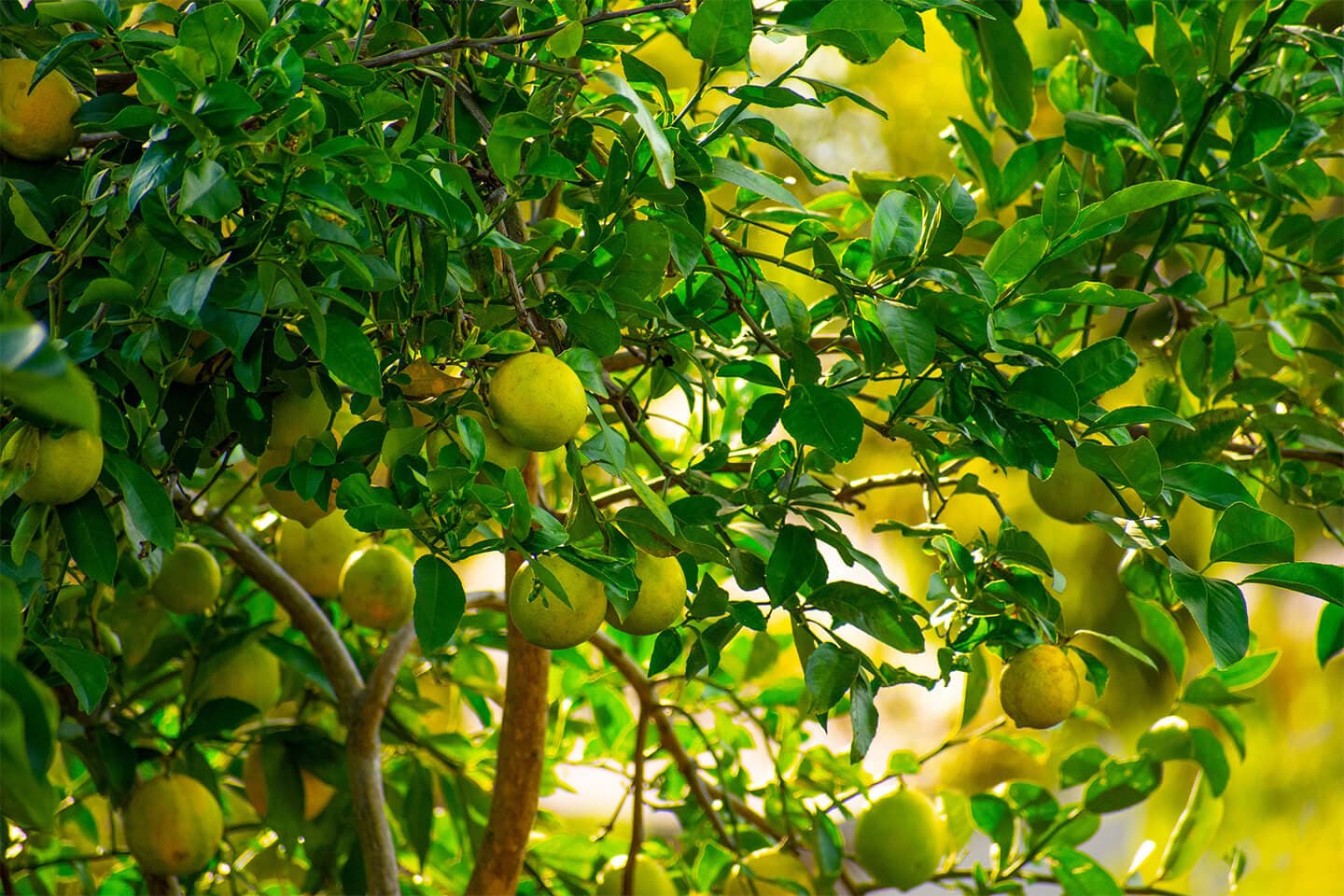
- Rose – Roses infuse delightful magic into one’s home, bringing beauty and pleasant fragrance for everyone in your family. Besides being symbols of love and friendship, roses reduce anxiety. These plants are super easy to grow and care for. You may place them in the Southern direction of the house.
- Jasmine – The sweet aroma of blooming white jasmines promotes the feeling of peace, harmony and love in the house. These flowers tend to calm frayed nerves and reduce anxiety. It’s an excellent plant to have at home, as it will help you pleasantly wind down after work. Place this plant on the South facing window of your home.
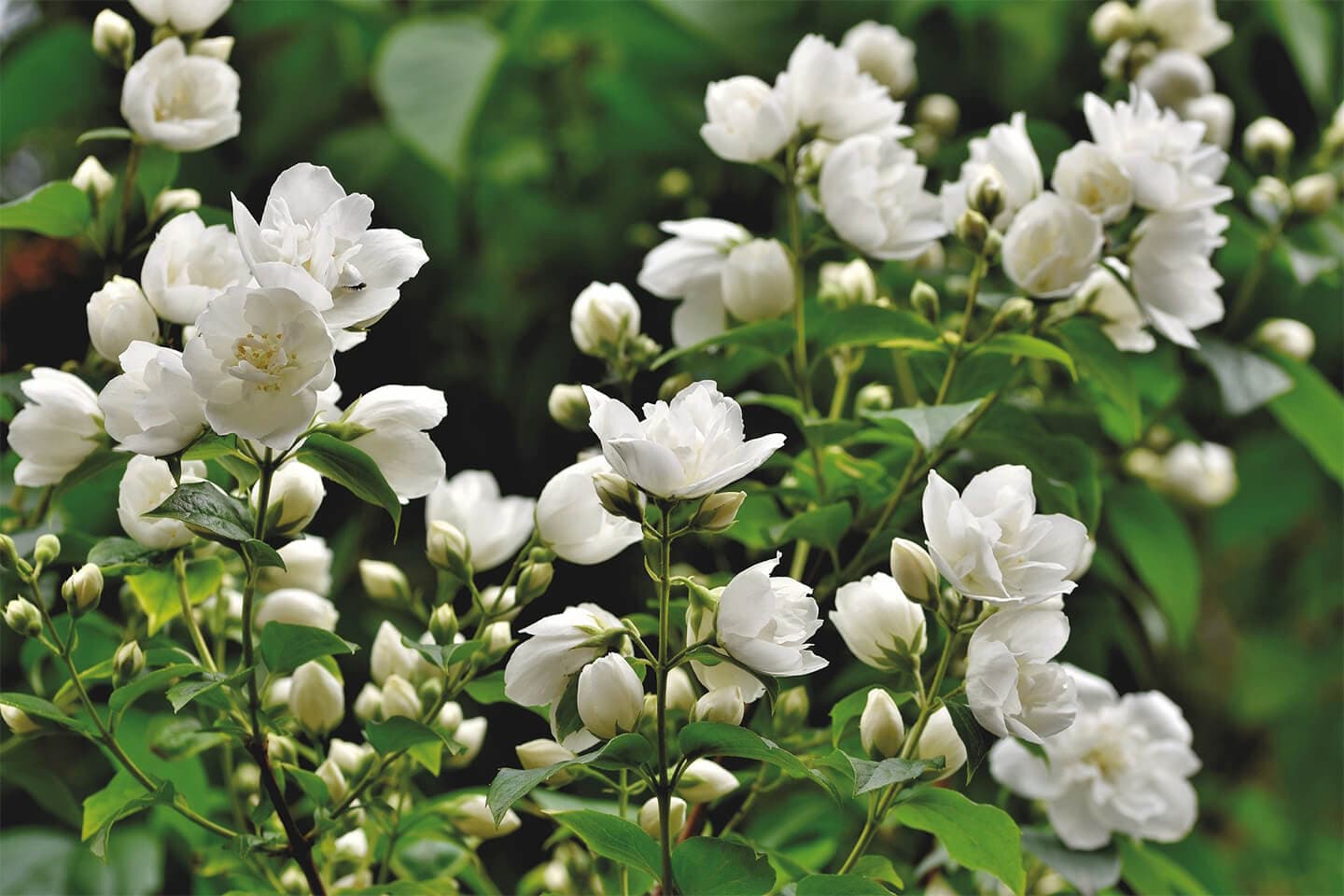
- Aloe Vera – Unlike most plants, Aloe Vera has the rare ability to absorb carbon dioxide and release oxygen at night! This makes it a powerful natural air purifier that is excellent to place even in the bedroom to promote good sleep. The plant itself is filled with immense benefits for the skin, hair, and body. According to Vastu Shastra, you may place aloe vera in the North or North East direction of your home.
- Peony – These bright pink flowers are a beautiful symbol of femininity, nobility, and true love. When you grow peonies in your home, you’ll feel a circulation of optimistic energies in your living spaces. These flowers are also great for mending broken relationships.
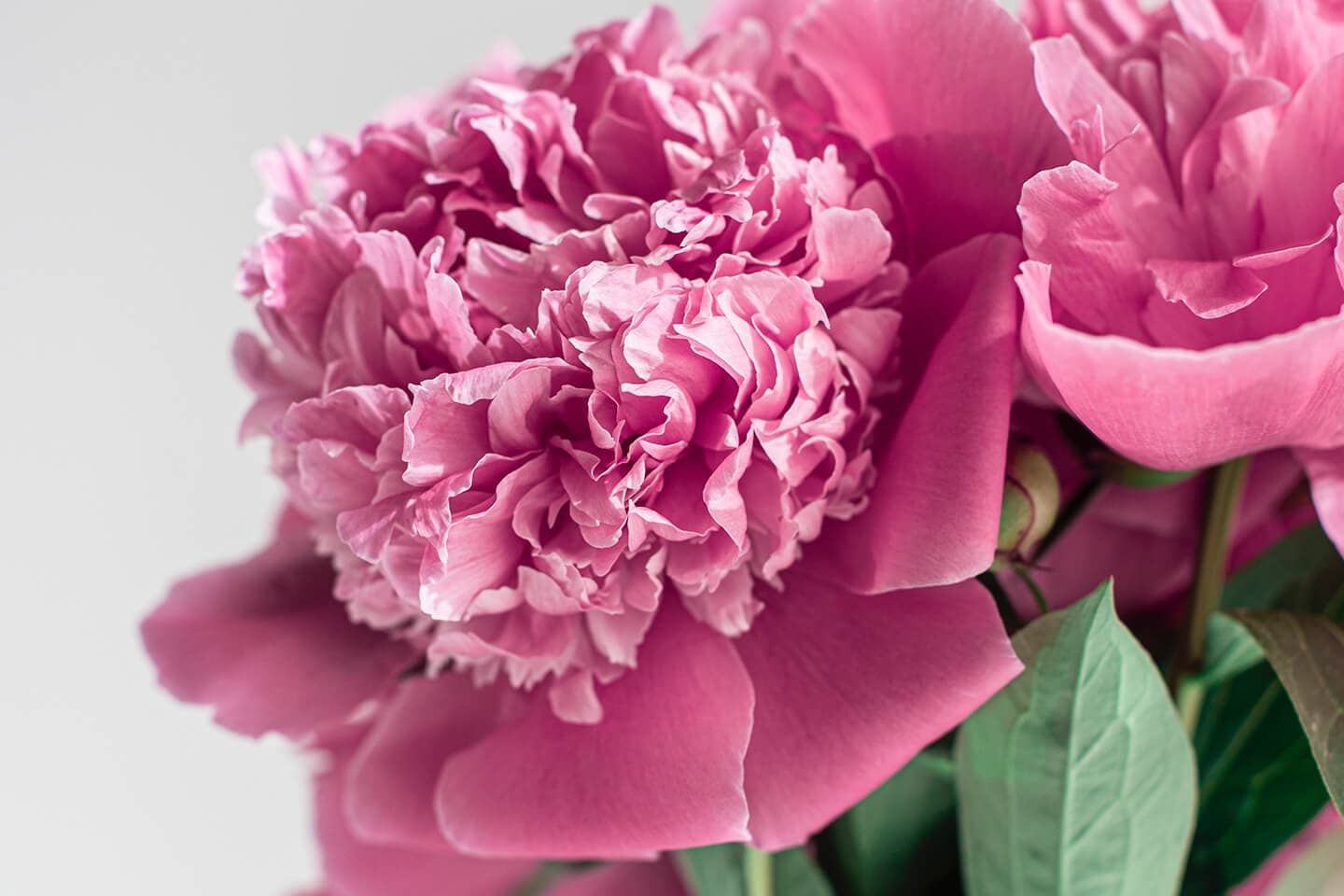
P.S. We’ve got just the easy Vastu tip for those looking for romantic love, which is to simply grow these flowers in the South-West direction of your home. Now, let the peonies do their natural magic of creating an environment of love and positive vibes around you.
- Daffodils – Daffodils are beautiful reminders of the values of forgiveness and honesty. These yellow flowers are pleasant to have around, brighten up the home, and are said to bring out our innermost talents. Ensure that you don’t opt for a dwarf variety and plant daffodils in the North or North-East direction for special luck!
Things to Keep in Mind:
- Always prune your garden and keep plants in their best condition. Decayed leaves and dry flowers should be discarded as they attract negative energies.
- Except for Rose, it is advisable that you avoid keeping thorny plants such as Cacti inside the house. These tend to put a strain on familial ties.
- Refrain from planting creepers in your home, as they attach quickly to nearby walls and damage them.
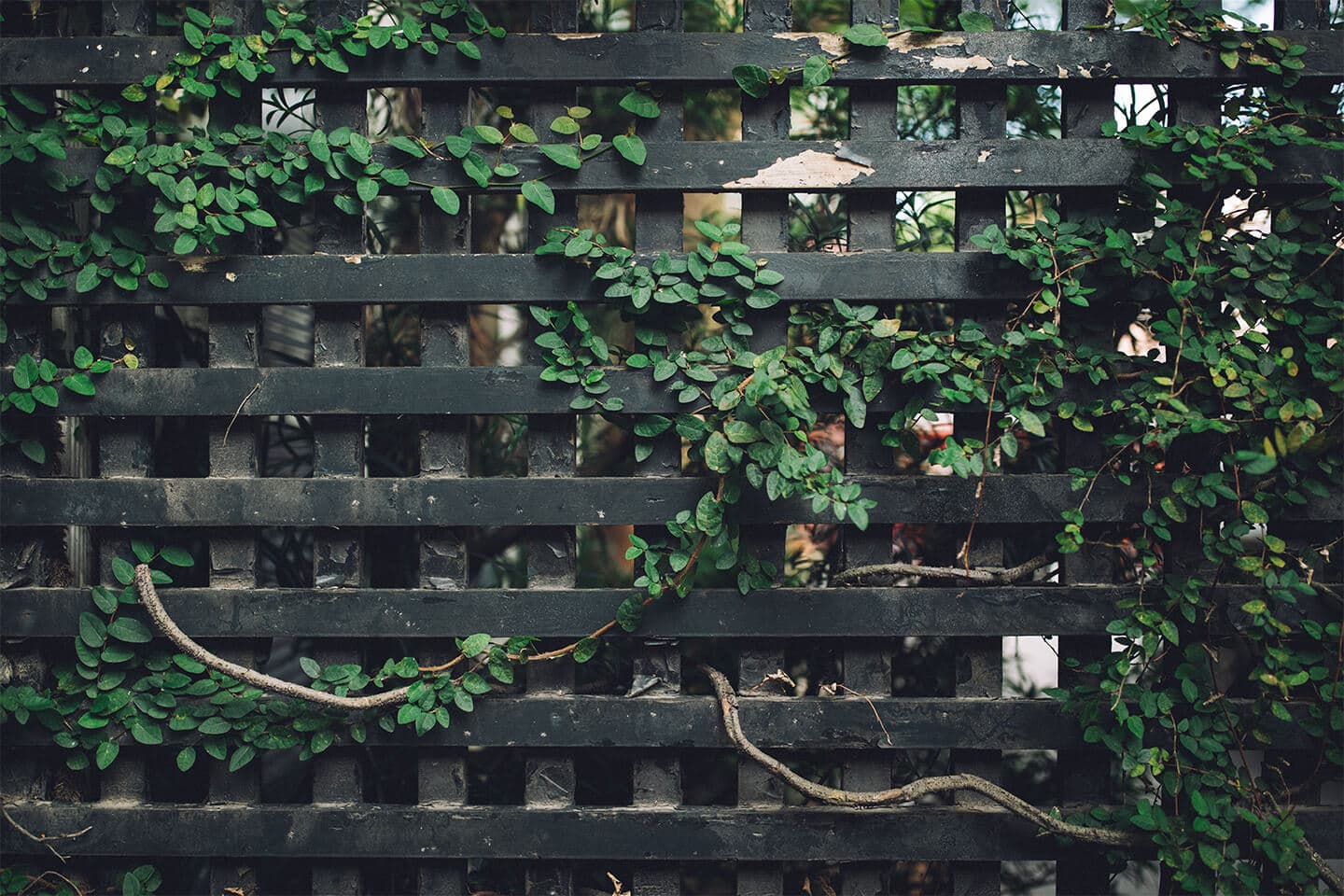
- Avoid growing milk bearing plants such as Peepal or Mahua in the house as these are inauspicious and may cause adverse effects on your health.
- While keeping Bonsai has become trendy nowadays, Vastu advises against placing these inside the house. Bonsai symbolise stunted growth, which means that they need more open spaces like the garden or a verandah.
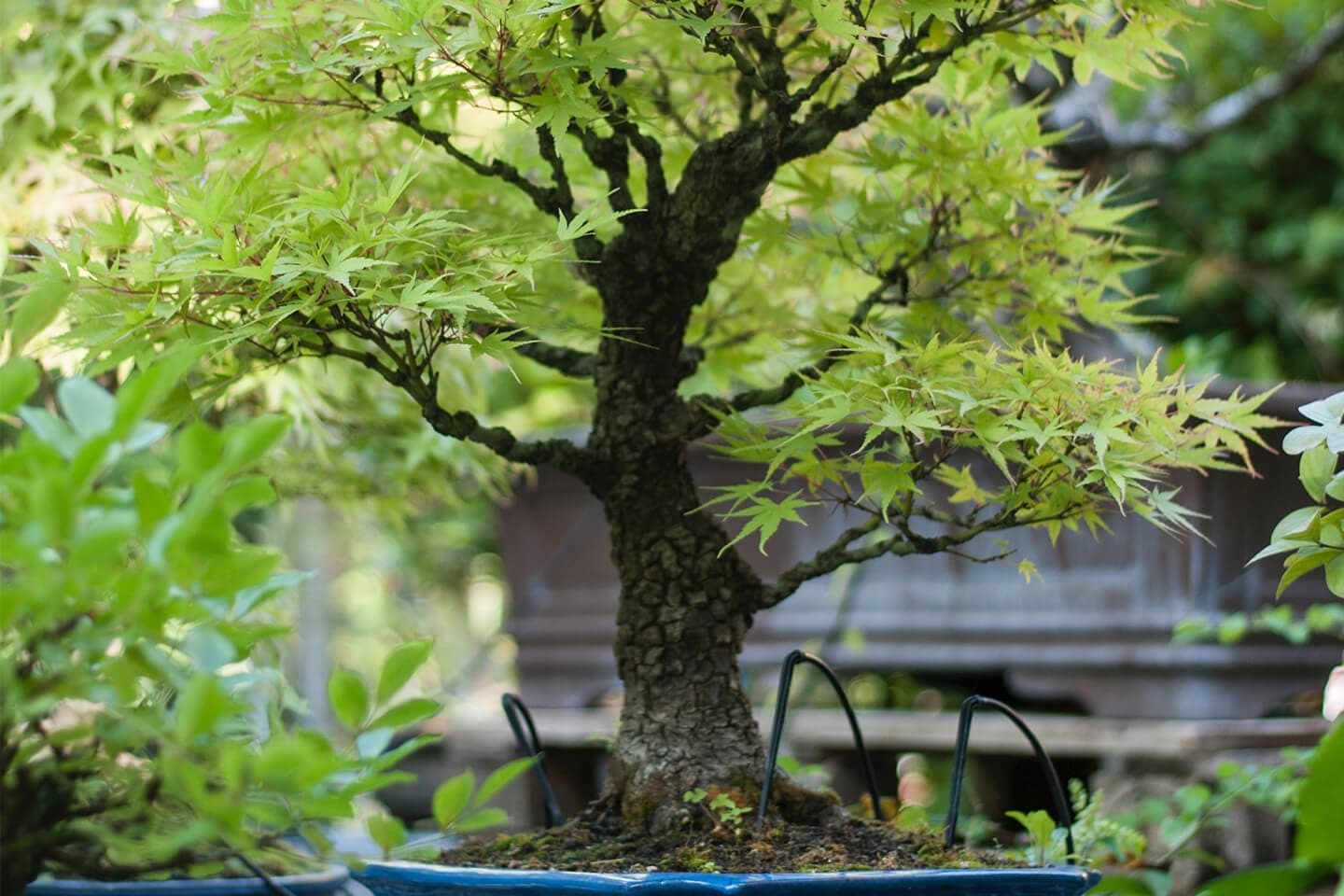
- To avoid bad thoughts, negative energies, and misfortunes, also avoid keeping plants such as Cotton, Tamarind, and Myrtle (Mehendi) indoors.
At Ashwin Sheth Group, we’ve given you an ultimate Vastu Shastra guide to set up a garden inside your home, the right way. We hope that you are able to build a beautiful space where the plants in your home bring joy and happiness into your life.

